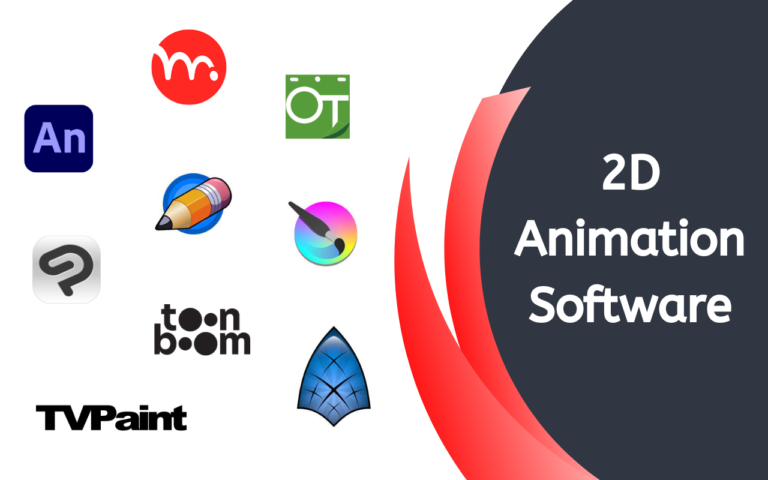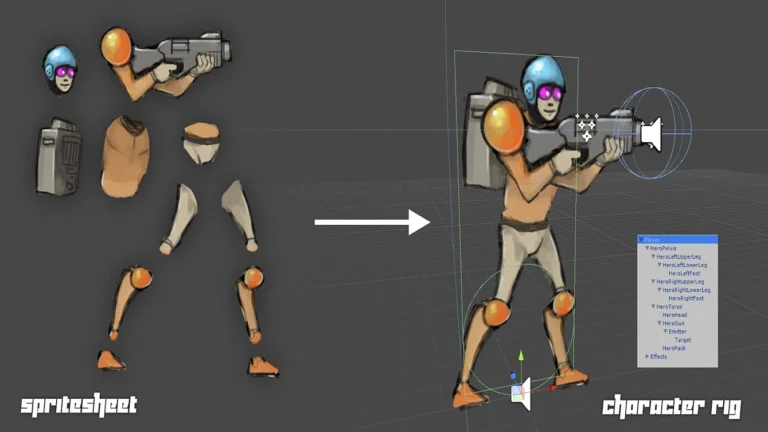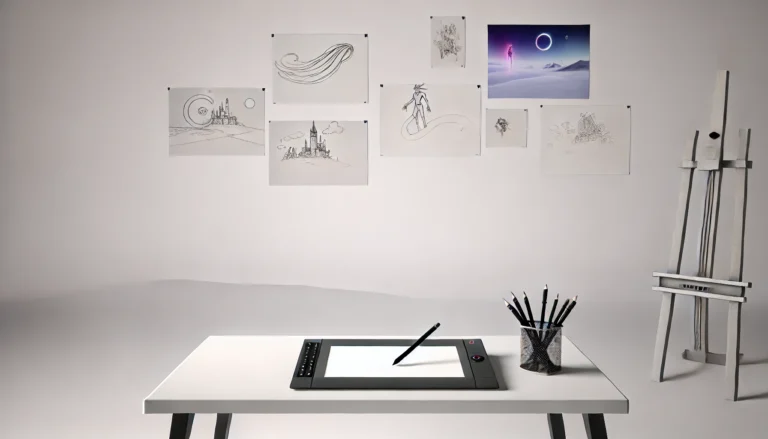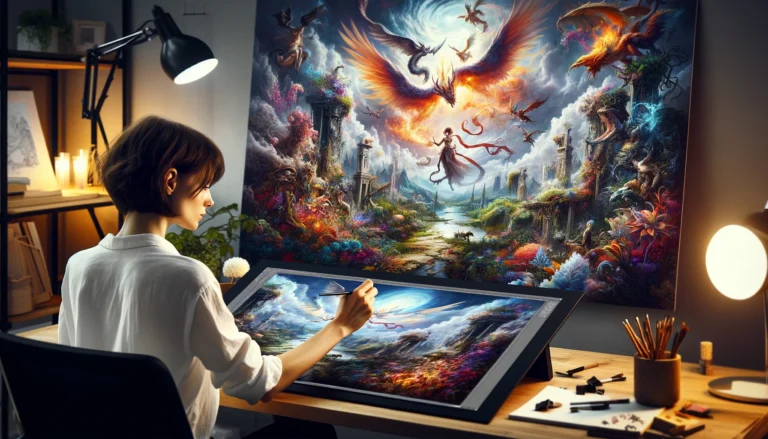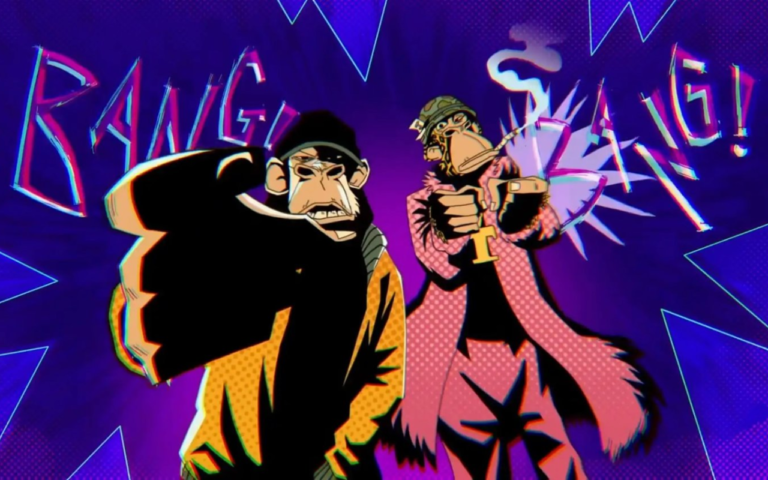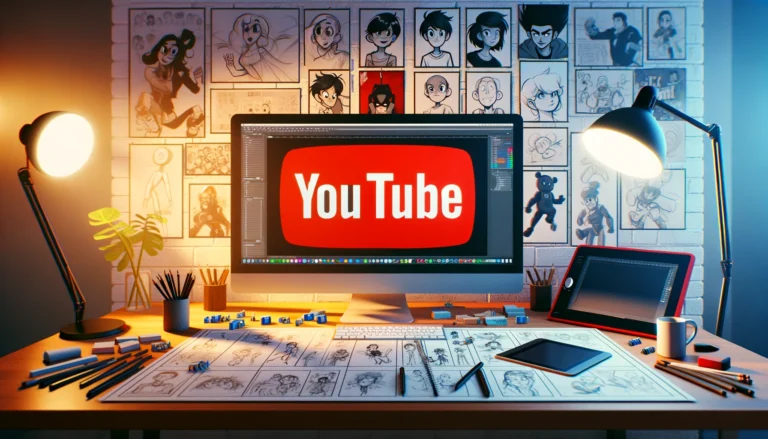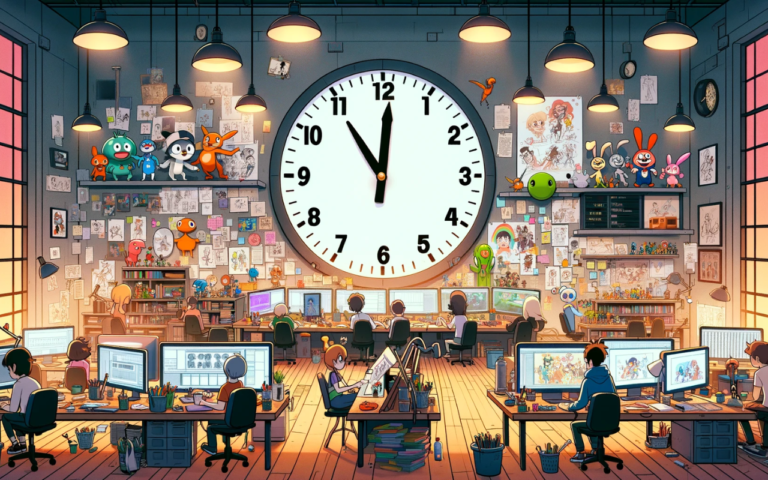In the ever-evolving world of animation, two distinct approaches have captured the imagination of artists, filmmakers, and audiences alike: 2D animation and 3D animation. While both techniques have their unique charms and capabilities, the cost factor has often been a deciding factor in determining which path to take. In this comprehensive exploration, we delve into the intricacies of 2D and 3D animation costs, shedding light on the factors that influence their respective budgets and the considerations that come into play when choosing between these two artistic avenues.
Cost of 3D Animation vs. 2D Animation
You can expect to spend between $5,000 to $25,000 per minute for a 2D animation. For 3D animation services, the cost range is typically higher, between $15,000 to $50,000 per minute.
Here’s a comparison of the cost of 2D animation and 3D animation:
2D Animation Cost
- Simple 2D animation: This type of animation uses basic shapes, limited colors, and minimal animation for explainer videos or social media content. Costs can range from $5,000 to $10,000 per minute.
- Medium-complexity 2D animation: This type of animation could involve more detailed characters, backgrounds, and smoother animation for short films or educational videos. Costs can range from $10,000 to $15,000 per minute.
- High-complexity 2D animation: This type of animation features highly detailed characters, rich backgrounds, and complex animation for high-end commercials, animated series, or feature films. Costs can reach the higher range of $15,000 – $25,000 per minute or more.
Read More: How Much Does 2D Animation Cost?
3D Animation Cost
- Simple 3D animation: This type of animation involves basic 3D models with limited animation for product visualizations or explainer videos. Costs can fall in the lower range ($15,000 – $25,000 per minute).
- Medium complexity 3D animation: This type of animation involves moderately detailed characters, environments, and smoother animation for short films or commercials. Costs can range from $25,000 to $50,000 per minute.
- High-complexity 3D animation: This type of animation has highly detailed characters, realistic environments, complex animation, and advanced rendering effects for high-end feature films or video games. Costs can reach higher than $50,000 per minute.
Read More: How Much Does 3D Animation Cost?
9 Influencing Cost Factors
Here is a list of 9 influencing factors on the cost of 2D animation and 3D animation:
Complexity
Imagine a bustling marketplace scene. In 2D animation, each character and stall would be meticulously hand-drawn or created with software. More characters, more cost. The same goes for backgrounds – a simple, flat cityscape is cheaper than a detailed landscape with rolling hills and a shimmering lake. 3D animation takes a different approach. Here, characters and environments are built as digital models, so complexity translates to intricate details on clothing, textures on buildings, and the number of moving elements within the scene.
Art Style
Think classic Disney cartoons or anime – that’s the realm of simple 2D styles. Fewer details, limited color palettes, and basic movements keep costs down. But if you yearn for hyper-realistic characters with flowing hair and expressive wrinkles, that pushes 2D animation towards the complexity (and cost) of 3D. On the 3D side, animation style can also vary. A basic product explainer video with simple objects will be less expensive than a full-fledged animated movie with lifelike characters and detailed environments.
Length
Think of animation cost like a ticking clock. The longer your animation, the more time animators, artists, and other crew members spend breathing life into your project. This holds true for both 2D and 3D. A short explainer video will naturally be more affordable than a full-length animated feature film.
Studio Experience
Just like any other profession, experience comes at a premium. Seasoned animators with a proven track record will command higher fees than those just starting out. However, their expertise can translate to higher quality work, potentially faster turnaround times, and a smoother overall production process. This applies to both 2D animation studios and 3D animation studios.
Software & Tools
2D animation software is generally less expensive than its 3D counterpart. Think of it like buying a box of crayons versus purchasing a high-powered graphics computer. However, some specialized 2D features can add to the cost. On the 3D side, animation software options range from basic to industry-standard, with the more powerful programs carrying a steeper price tag.
Finishing Touches
Now that your animation is looking fantastic, it’s time for the finishing touches – voice acting, sound effects, and music. These elements add another layer of cost to both 2D and 3D projects. The complexity of the sound design and the caliber of voice actors you choose will influence the final price tag.
Revision & Changes
Let’s be honest, animation projects rarely go perfectly according to plan. Revisions and edits are a natural part of the process. However, extensive changes requested after the initial animation can significantly inflate the overall cost. Studios typically charge hourly rates for revisions, so clear communication and well-defined goals from the outset can help avoid this budgetary headache.
Location
The world of animation is vast and geographically diverse. Animation studios in different parts of the world may have varying rates. It’s worth exploring options beyond your immediate location to find the best fit for your budget and project needs.
Tight Deadlines
Deadlines are a fact of life, but rushing an animation project can lead to higher costs. Studios might need to allocate more resources to meet tight deadlines, which often translates to additional expenses. Careful planning and realistic timelines can help keep your animation project on budget.
Factor | 2D Animation | 3D Animation |
|---|---|---|
Complexity (Characters, Backgrounds) | More characters and backgrounds increase cost | More characters and backgrounds increase cost |
Animation Style | Simple styles are cheaper, detailed styles approach 3D cost | Generally more complex than 2D, but style can vary |
Action and Movement | Complex movements cost more | Complex movements cost more |
Length of Animation | Longer animations cost more | Longer animations cost more |
Experience of Animators | Experienced animators cost more | Experienced animators cost more |
Software | Generally less expensive | Wider range in cost depending on features |
Audio and Sound Design | Adds to cost | Adds to cost |
Revisions and Edits | Can significantly increase cost | Can significantly increase cost |
Animation Cost Comparison in 1998
In general, 2D animation is cheaper than 3D animation. This is because 3D animation requires more resources and expertise. However, due to the complexity of frame-by-frame 2D animation, it could cost more than 3D ones.
3D Animations
Name | Budget |
|---|---|
A Bug’s Life | $120 million |
Antz | $42 million |
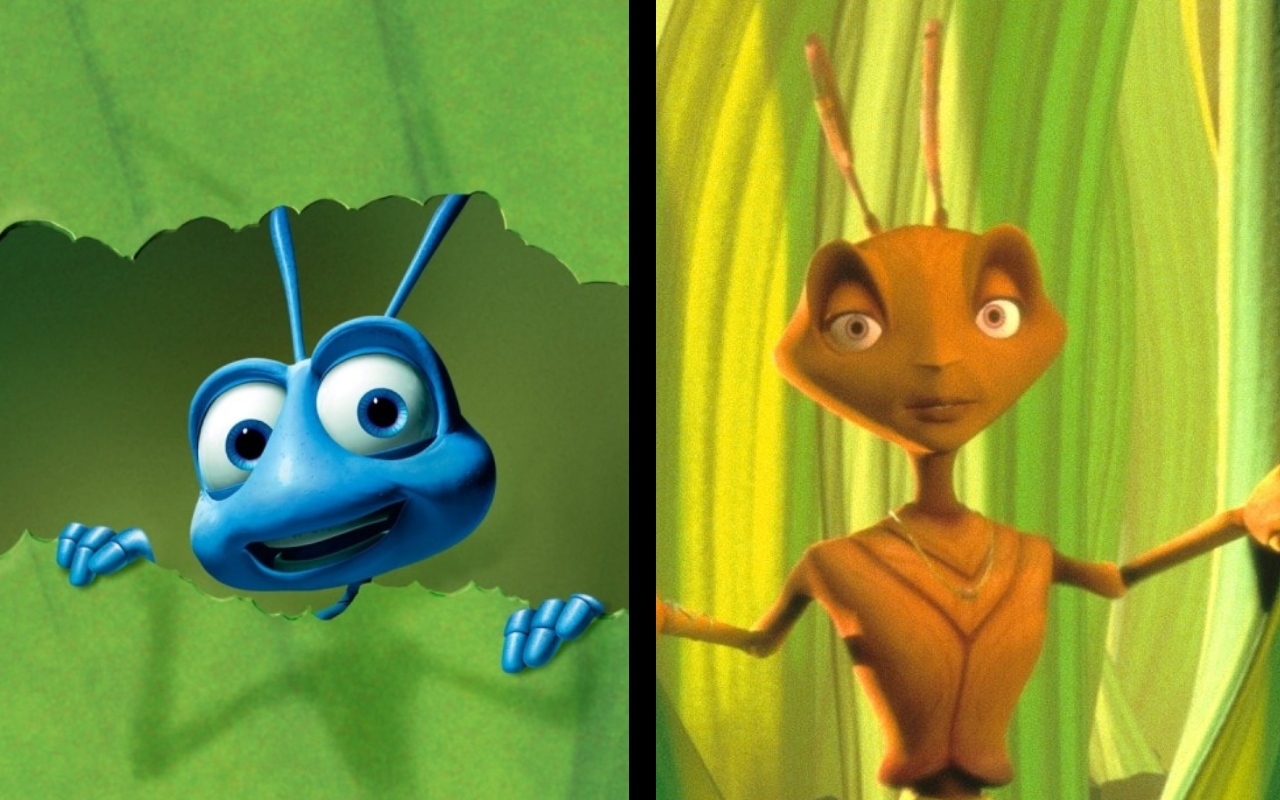
2D Animations
Name | Budget |
|---|---|
The Prince of Egypt | $70 million |
Mulan | $90 million |
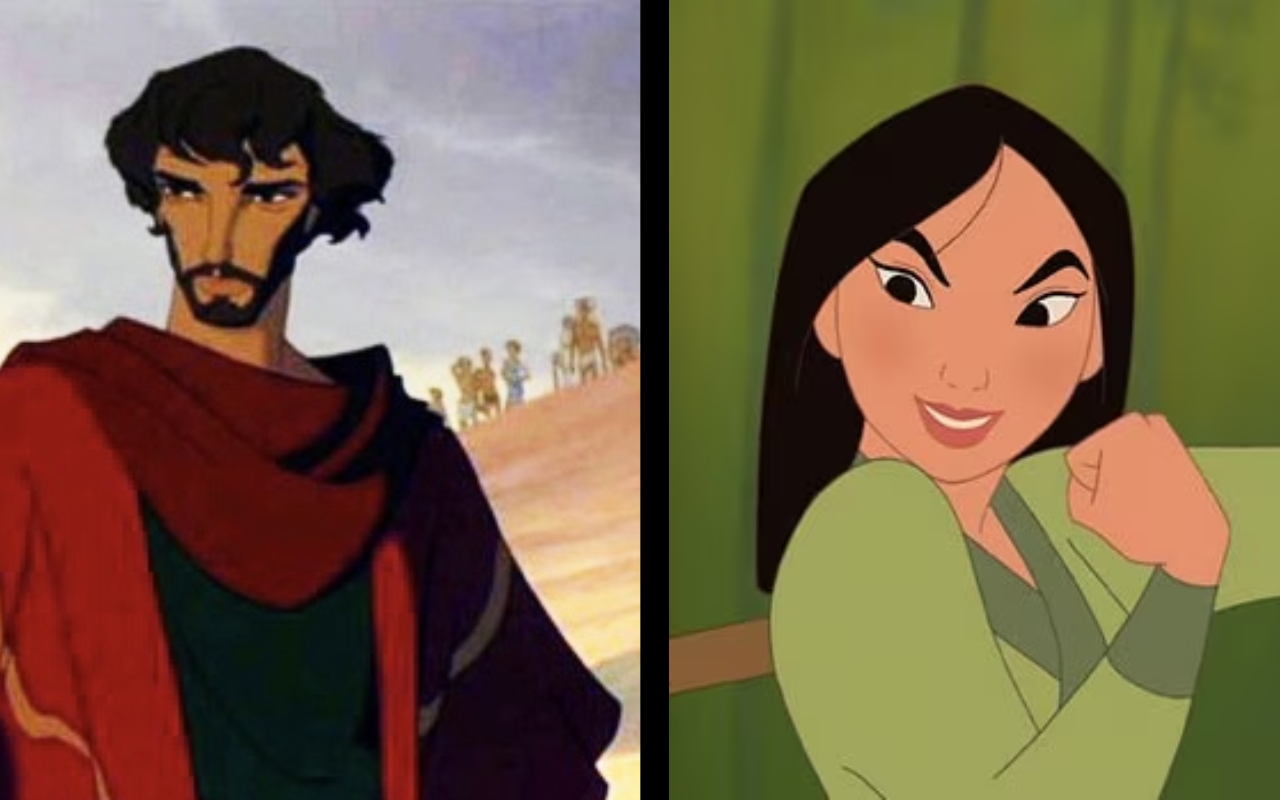
Conclusion
In the realm of animation, the debate between 2D and 3D approaches extends far beyond mere technical considerations. It encompasses a delicate interplay between artistic expression, financial constraints, and the ever-evolving landscape of storytelling technologies.
While 2D animation remains a beloved and timeless art form, revered for its hand-crafted charm and stylistic freedom, 3D animation has pushed the boundaries of what is possible, offering unprecedented opportunities for creating immersive and visually stunning worlds.
